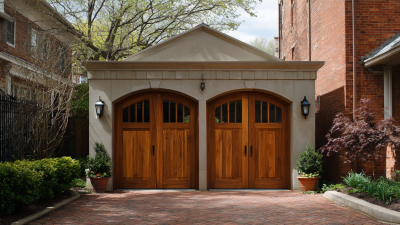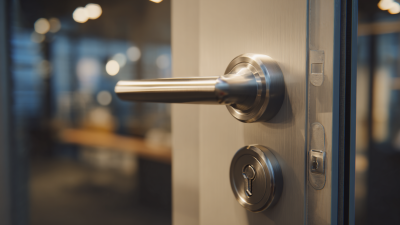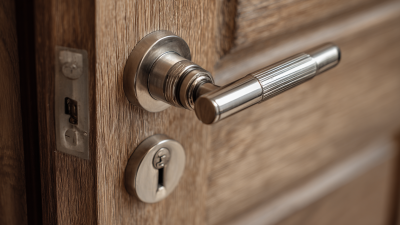When it comes to transforming your commercial space, the choice of commercial interior doors plays a pivotal role in defining both aesthetics and functionality. With a diverse range of styles, materials, and designs available, selecting the right doors can significantly impact the overall ambiance and practicality of your environment.
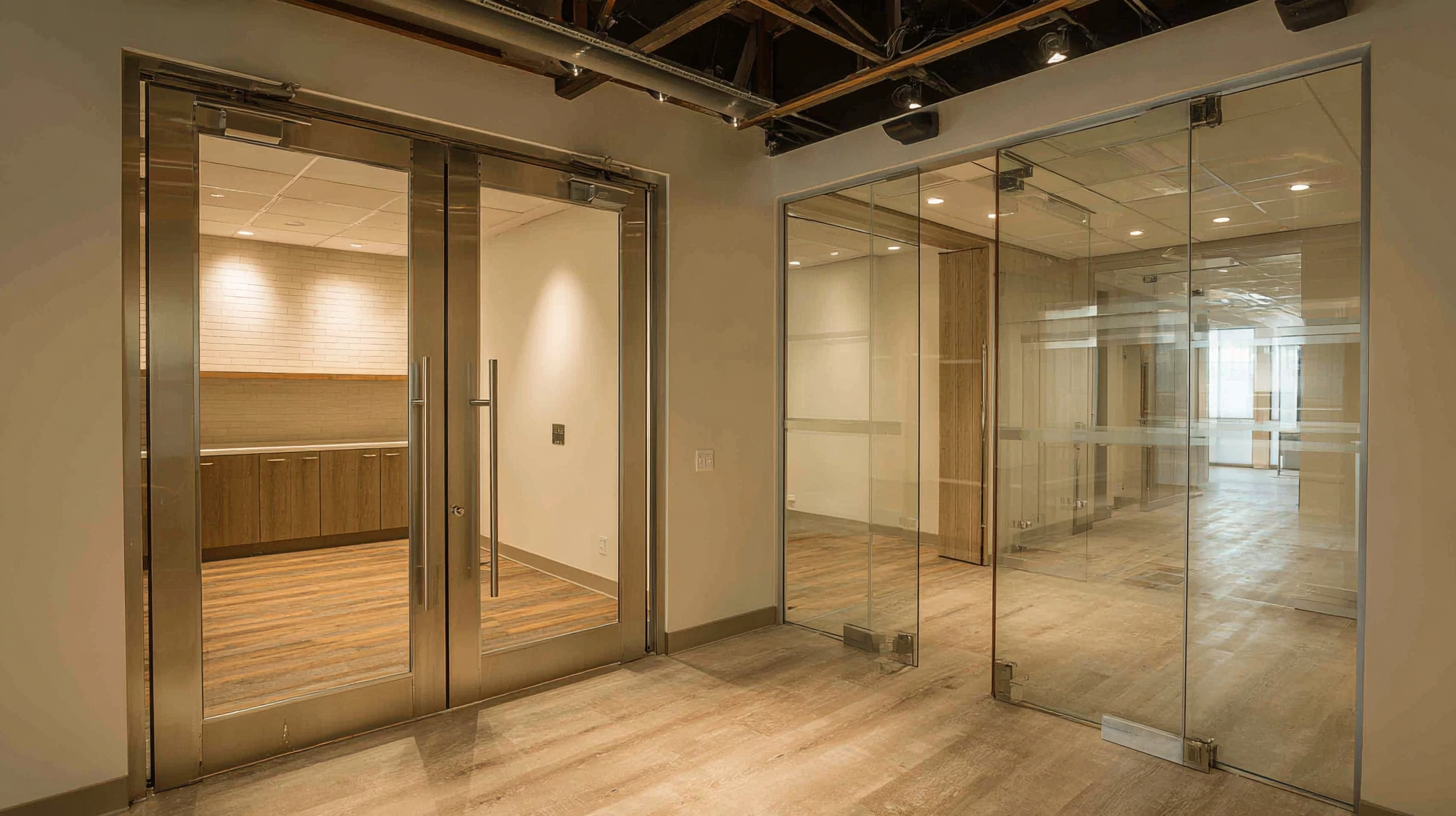
This guide will delve into the best options for commercial interior doors, catering to various styles and needs. Whether you're aiming for a modern, minimalist look or a more traditional feel, understanding the key factors such as durability, sound insulation, and design compatibility will empower you to make informed decisions.
Join us as we explore the ultimate guide to choosing commercial interior doors that not only enhance your space but also align perfectly with your brand identity and operational requirements.
When selecting commercial interior doors, understanding the different types available is crucial to creating a functional and aesthetically pleasing environment. The two most common categories are solid core and hollow core doors.
Solid core doors provide superior sound insulation and durability, making them ideal for offices, conference rooms, or any space that requires privacy. These doors are often heavier and more robust, usually crafted from materials like wood or composite, ensuring they withstand heavy usage while maintaining an elegant look.
On the other hand, hollow core doors offer a lightweight alternative that is typically more cost-effective. These are best suited for spaces that do not require high sound control, such as break rooms or storage areas. They come in a variety of finishes and styles, making it easy to complement existing décor. Additionally, doors made from glass or with window panels can be incorporated to enhance natural light flow, fostering a more open and inviting atmosphere.
By understanding these options, you can effectively choose the right commercial interior doors to meet both functional requirements and design preferences.
When it comes to enhancing the overall aesthetics of an office space, the choice of interior doors plays a pivotal role. Doors are not merely functional elements; they can serve as a focal point that embodies the character of the workplace. Therefore, evaluating design aesthetics is crucial in aligning door selection with your office style.
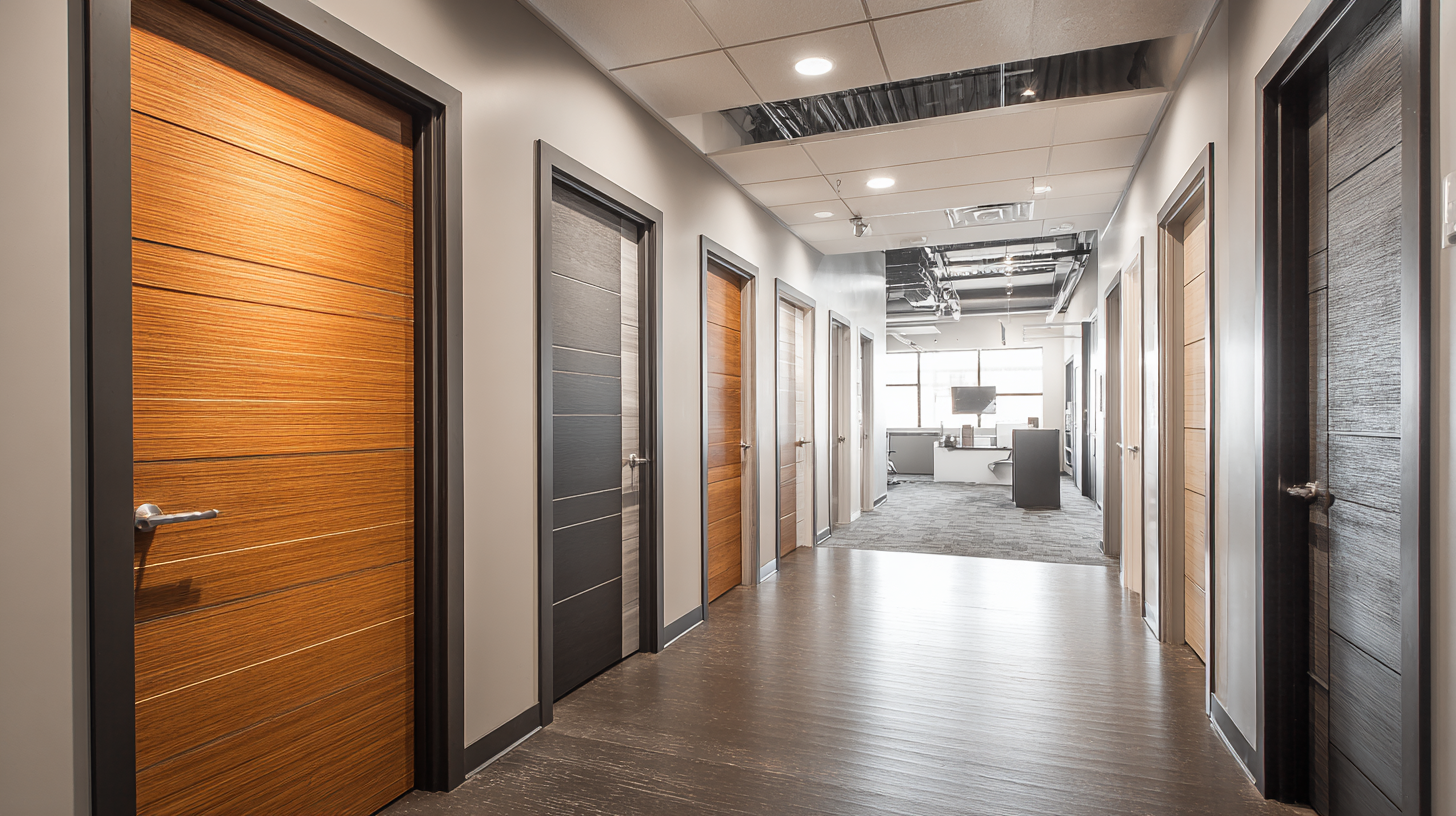 For instance, a modern corporate environment may benefit from sleek, glass-paneled doors that promote transparency and collaboration, whereas a more traditional office might opt for classic wooden doors that evoke a sense of permanence and professionalism.
For instance, a modern corporate environment may benefit from sleek, glass-paneled doors that promote transparency and collaboration, whereas a more traditional office might opt for classic wooden doors that evoke a sense of permanence and professionalism.
In addition to materials and finishes, color schemes also play an important role in matching doors to your office design. A vibrant startup might choose doors in bold colors to reflect creativity and energy, while a law firm could select subdued tones that exude trustworthiness and stability. It’s essential to consider how the door styles harmonize with existing furniture, wall colors, and the overall theme of the space. By thoughtfully selecting the right doors, companies can create a cohesive and inviting atmosphere that not only reflects their brand identity but also enhances employee productivity and client impressions.
When selecting commercial interior doors, functionality should be at the forefront of your decision-making process. Consider how the door will be used in daily operations—whether it needs to withstand high traffic, provide sound insulation, or resist impacts. These factors directly influence which materials and designs will be most suitable. For instance, robust materials like fiberglass or steel may be essential for high-traffic areas, while soundproof doors could be vital for conference rooms or offices requiring privacy.
In addition to functionality, assess the door’s compatibility with your overall space design. Whether you prefer a modern aesthetic or a more traditional look, the choice of door can significantly enhance or detract from your interior’s visual appeal. Furthermore, just as in complex industries where selecting the right software solutions is critical, choosing the appropriate doors involves evaluating vendors and options that align with your specific needs. This comprehensive approach ensures that every aspect of the door's design and functionality contributes to creating a well-designed, efficient commercial space.
| Door Style | Material | Functionality | Aesthetic Appeal | Cost Range |
|---|---|---|---|---|
| Flush Door | Wood or Metal | Standard Use | Minimalist | $150 - $500 |
| Double Door | Steel or Glass | High Traffic Entry | Modern | $500 - $1000 |
| Glass Door | Tempered Glass | Visibility and Light | Elegant | $800 - $1500 |
| Barn Door | Wood | Space Saving | Rustic | $300 - $600 |
| Hollow Core Door | Hollow Core Wood | Interior Use | Standard | $100 - $300 |
When selecting commercial interior doors, the choice of material plays a crucial role in the overall durability and performance of the door. Each material offers unique benefits and drawbacks, making it essential to align your choice with the specific requirements of your space. For instance, solid wood doors provide a classic, elegant look while offering excellent sound insulation and sturdiness. However, they may require more maintenance and can be susceptible to moisture damage if not properly treated.
On the other hand, metal doors are well-known for their durability and security. They are resistant to dings and scratches, making them ideal for high-traffic areas such as offices and schools. Additionally, metal doors often come with fire-rated options, adding an extra layer of safety to your commercial environment. Alternatively, fiberglass doors offer a lightweight and low-maintenance option that can mimic the appearance of wood without the associated upkeep. Choosing the right material ultimately hinges on the intended use of the doors and the aesthetic vision for your interior space, ensuring that functionality and style go hand in hand.

When it comes to commercial settings, choosing the right interior doors is crucial for maximizing space and accessibility. Each style of door offers unique benefits, catering to different operational needs and aesthetics. For instance, sliding doors are a perfect choice for areas with limited space, as they minimize the footprint required for door swing and can seamlessly blend into modern architecture. These doors are not only practical but can also enhance the flow of traffic in busy environments like offices and retail spaces.
Furthermore, accessibility is another key factor to consider when selecting commercial interior doors. Bi-fold and pocket doors can provide wider openings, accommodating individuals with mobility challenges. The use of automatically operated doors is also on the rise, promoting ease of access in public buildings. By implementing these door styles, businesses can create an inclusive environment that complies with ADA requirements while enhancing the overall functionality of the space. Investing in the right type of interior door is essential for fostering a welcoming atmosphere while ensuring efficiency in daily operations.
